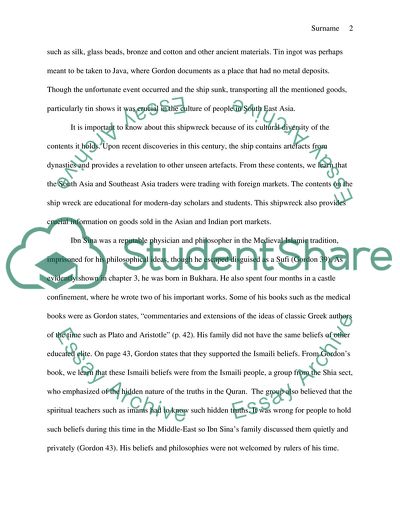Cite this document
(History Of The Trade Development In Asia Book Report/Review, n.d.)
History Of The Trade Development In Asia Book Report/Review. Retrieved from https://studentshare.org/history/1847987-report-on-book-when-asia-was-the-world
History Of The Trade Development In Asia Book Report/Review. Retrieved from https://studentshare.org/history/1847987-report-on-book-when-asia-was-the-world
(History Of The Trade Development In Asia Book Report/Review)
History Of The Trade Development In Asia Book Report/Review. https://studentshare.org/history/1847987-report-on-book-when-asia-was-the-world.
History Of The Trade Development In Asia Book Report/Review. https://studentshare.org/history/1847987-report-on-book-when-asia-was-the-world.
“History Of The Trade Development In Asia Book Report/Review”, n.d. https://studentshare.org/history/1847987-report-on-book-when-asia-was-the-world.


